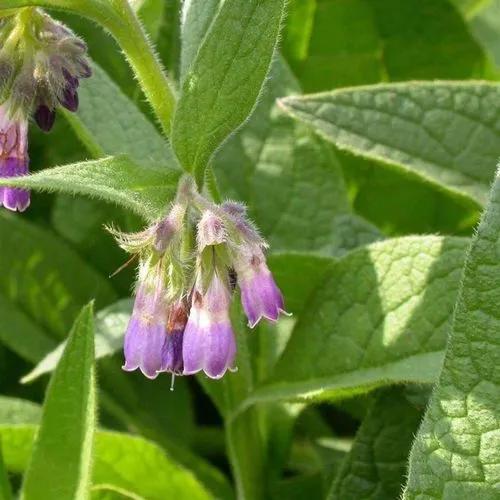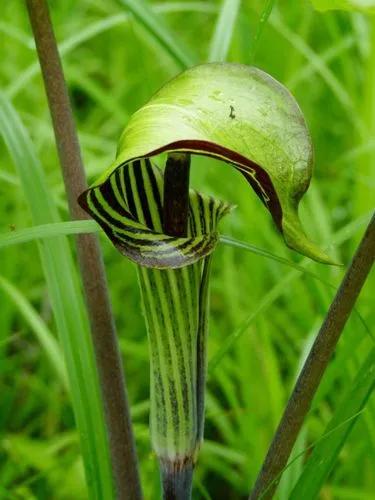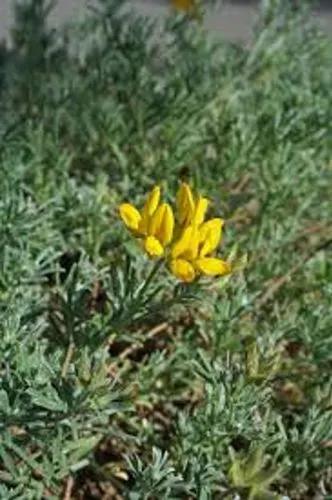Begonia Cucullata is one of the most commonly cultivated plants for gardens and flower beds. This colorful greenie has been decorating homes and gardens for many years and is considered a classic now.
Clubbed Begonia Care
Begonia Cucullata



Commonly known as Clubbed Begonia, Begonia Cucullata is native to Argentina, Paraguay, and Brazil. This flowering plant can grow up to 18 in (45 cm) in height and reach 24 in (60 cm) wide. Its glossy, succulent leaves are shaped like a scallop, which makes them the plant’s notable feature. What’s special about this plant is that in these mounds of green leaves, you will find the usual Begonia white to pink colored flowers that will keep on coming in throughout the whole season.
How to Care for the Plant

Water

Water Begonias carefully when the topsoil feels dry to the touch. Give your plants a drink more frequently when it is warm, and make sure to empty the saucer after each watering.

Pruning

Pruning is a good way to maintain the plant’s health and appearance. Remove the damaged leaves and spent blooms with a sterile pruning tool in spring. By removing those dead parts, you're taking some of that work off your plant’s plate, allowing it to divert energy into healthy leaves and new growth.

Fertilizer

Clubbed Begonia would benefit from regular monthly feeding during the spring-summer growing season. Mix the recommended amount of liquid 10-10-10 NPK fertilizer and water the plant as usual.

Sunlight

Begonias need around 6 hours of sunlight daily. Young plants can tolerate both direct and indirect sunlight, whereas mature plants should be kept in a bright place with ample light.

Soil

A loamy soil is a relatively even mix of sand, silt, and clay, is best for Clubbed Begonias. This potting mix has great structure, adequate drainage, is moisture-retaining, and full of nutrients. It warms up quickly in spring, but doesn't dry out quickly in summer. The ideal soil pH is between 5.5-6.5.

Propagation

Clubbed Begonias are best propagated through root division. To propagate, gently unpot the plant and divide the roots, leaving at least 3 leaves on each part. Plant the new greenie in a well-draining potting mix, and keep the ground consistently moist to help it enroot.

Temperature

The ideal temperature for a Begonia Cucullata is between 62 and 75°F (19-24°C). This flowering plant will suffer in higher climates and go dormant in lower temperatures.

Container

For smaller plants a pot that’s 10 in (25 cm) in diameter will be enough. For larger greenies, choose a bit bigger pot. When replanting, consider a container that is 2-3 in (5-7 cm) larger than the current one.

Fun fact

Despite being a beautiful flowering plant, Begonia Cucullata can become invasive if left uncontrolled. It’s a prolific seed producer.

Additional

Begonias are toxic to pets, with the tubers being the most poisonous part. They are not toxic to humans, although may cause allergic reactions.

Popularity

49,410 people already have this plant 4,624 people have added this plant to their wishlists

Common pests

Pests like mealy bugs, spider mites, thrips, and scales can feed on the Begonias juicy foliage. In case you notice any pest damage, treat the plant with an insecticide.

Frequent diseases

This flowering plant can fall victim to fungal diseases like bacterial leaf spot and blight. It’s important to avoid overhead watering to prevent such issues. If the plant gets infected, remove the damaged parts with a sterile pruning tool and treat Begonia with a fungicide.

Botanist’s tips

Discover more plants with the list below
Popular articles






